The latest government workforce data shows an overall decrease in the percentage of women making up the Core-STEM workforce.
In the most recently released government workforce data for the UK:
- Female employees account for 18.1% of the total SET Management workforce.
- Female employees account for 43.7% of the total workforce of Science Professionals.
- Female employees account for 24.3% of the total workforce of Science and Engineering Technicians.
- Female employees account for 10.4% of the total workforce of Engineering Professionals
- Female employees account for 18.7% of the total workforce of IT Professionals
- Female employees account for 21.7% of the total workforce of IT Technicians.
- Female employees account for 25.2% of the total workforce of Core-STEM employees.
WISE will continue to update these headline figures on a quarterly basis as and when Annual Population Survey (APS) data is released. A more in-depth analysis of this data – looking at trends across the years – will be released later this year.
SET Management professionals September 2023
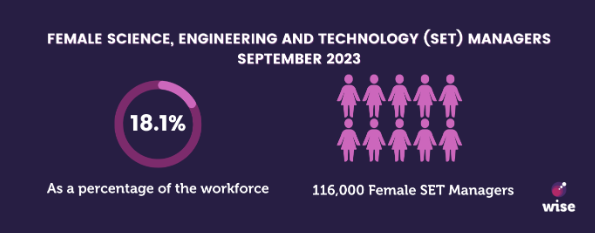
Science Professionals September 2023
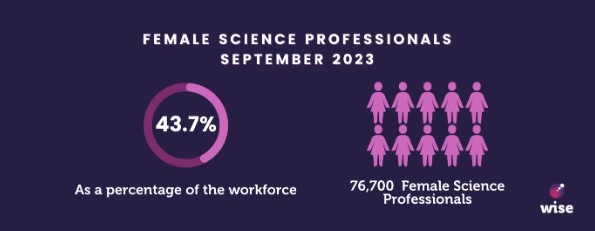
Science and Engineering Technicians September 2023
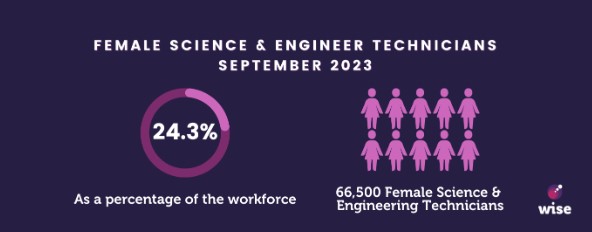
Engineering Professionals September 2023
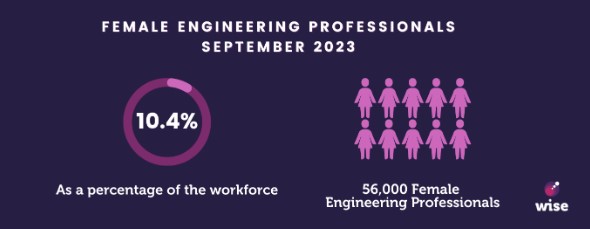
IT Professionals September 2023
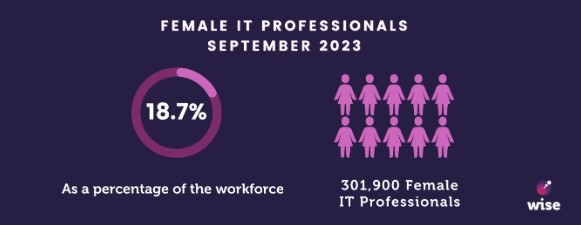
IT Technicians September 2023
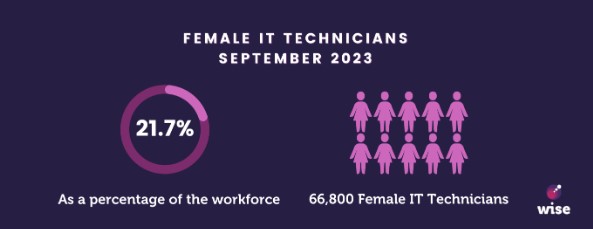
Core-STEM employees September 2023
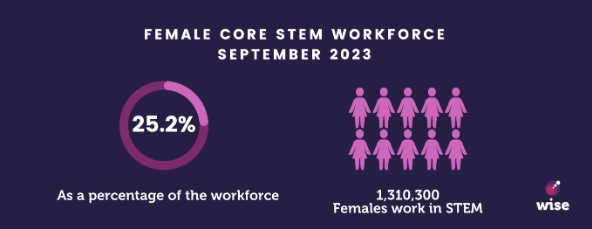
Over one million women work in STEM roles in the UK.
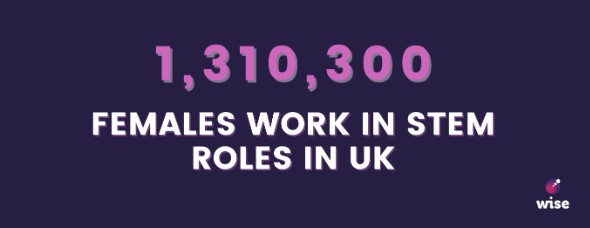
Update to SOC codes
Please note that we have updated the SOC codes used from SOC 2010 to SOC 2020. For more information from ONS about this revision, please click here.
Data Sources
Core STEM includes science, engineering, and information and communications technology. Health occupations are not included within the scope of core STEM. Although skilled trades are not included within the scope of core STEM, WISE monitors the participation of women in in these roles because of the scale of employment.
This analysis has been produced based on government figures from the Annual Population Survey (APS). The previous WISE analysis used the Labour Force Survey (LFS); Following changes, we now use the APS.
The APS uses a larger sample size than the LFS, which should make its results more accurate, and which allows for additional data to be published.
The APS also has a smaller sampling error than the LFS, due to differences in how the data is collected.
